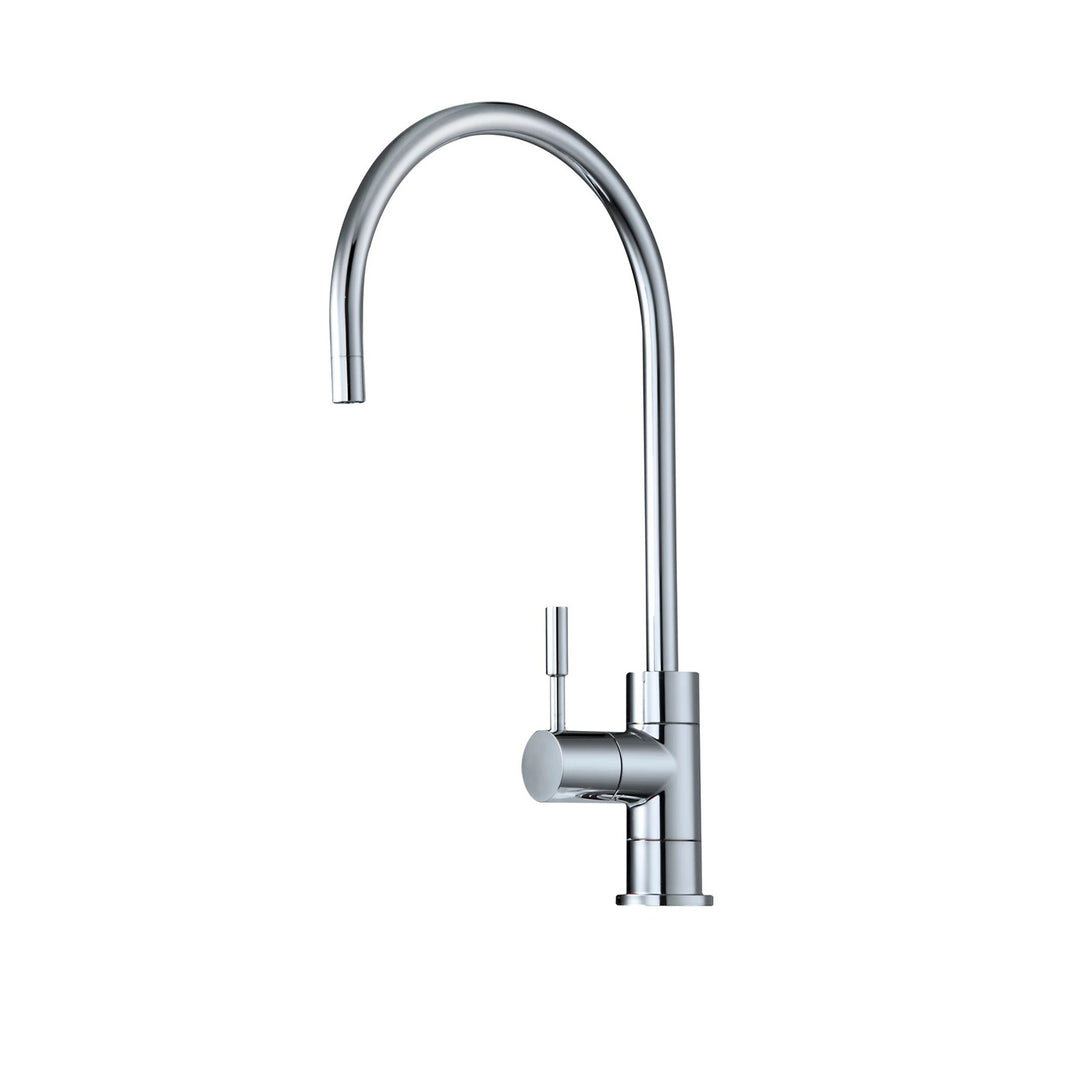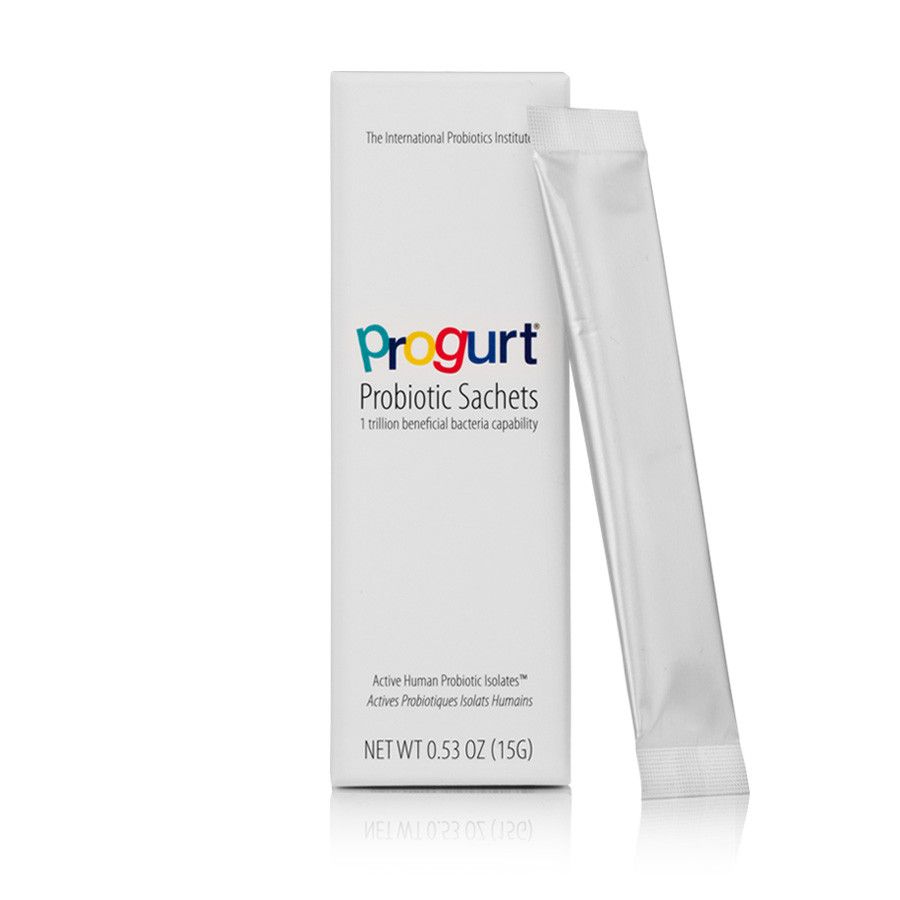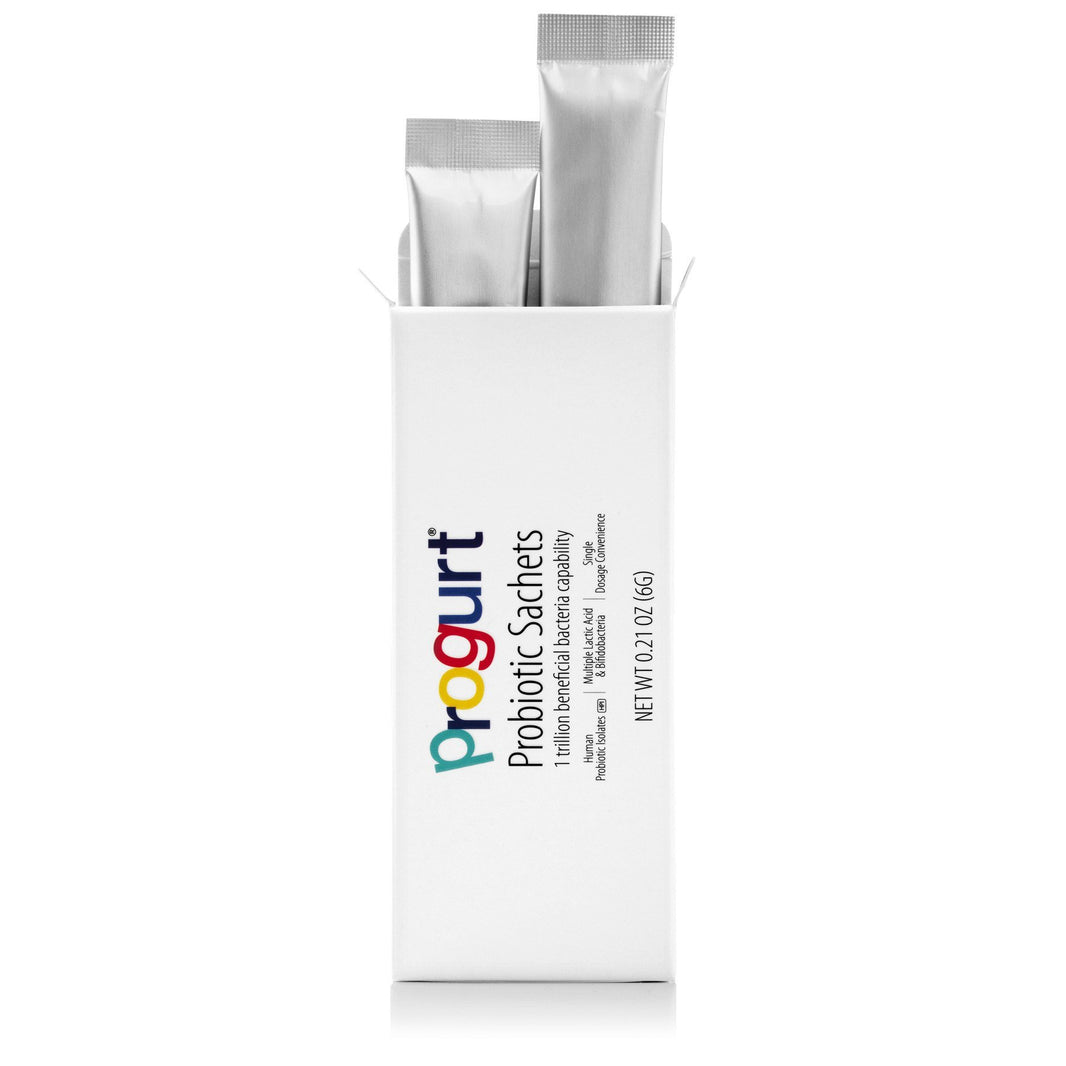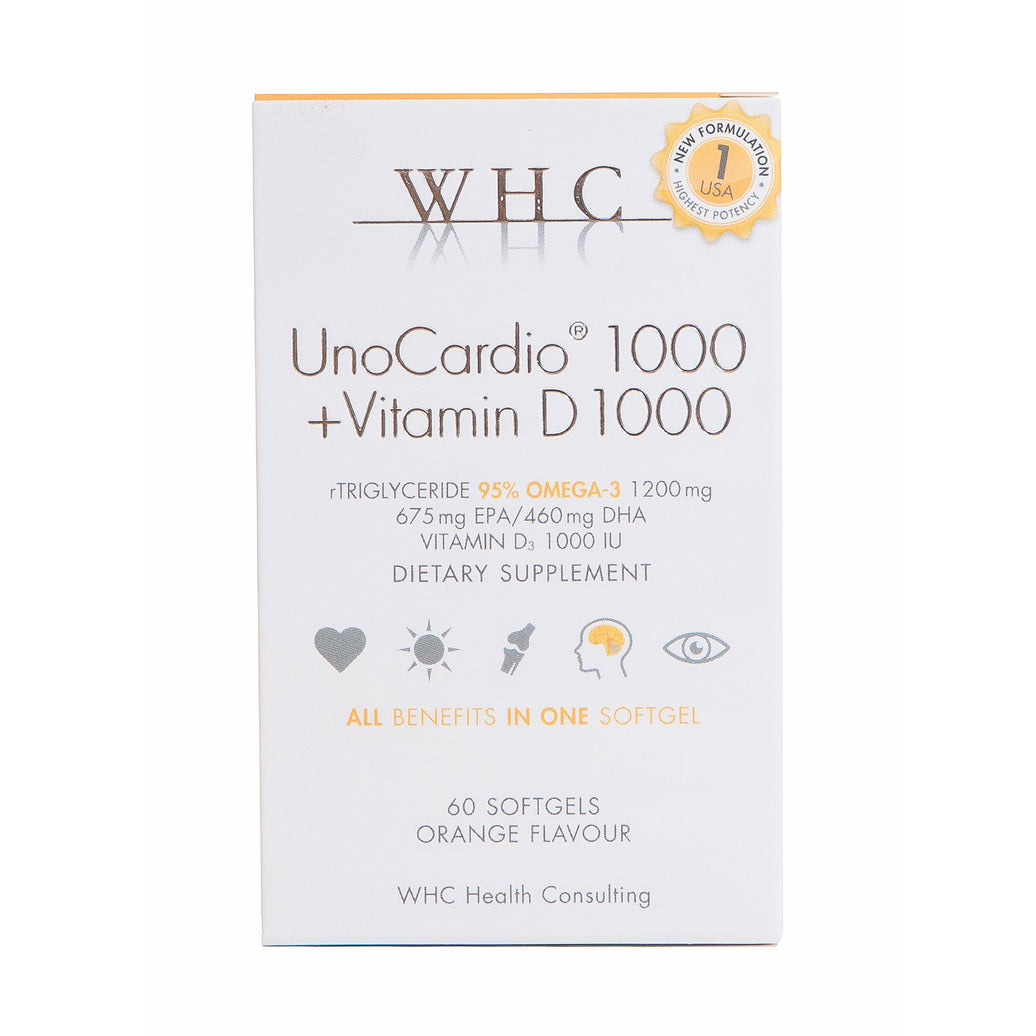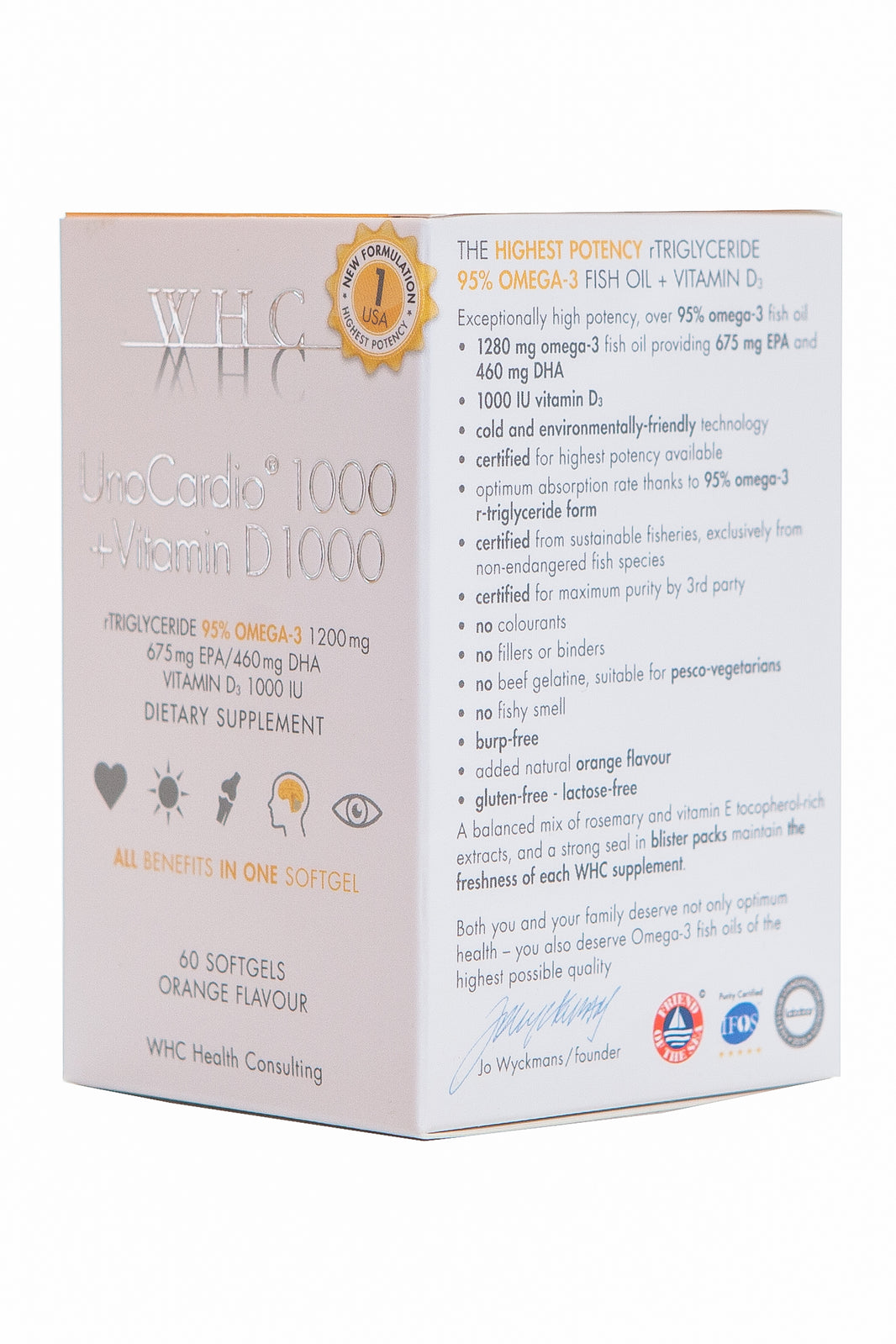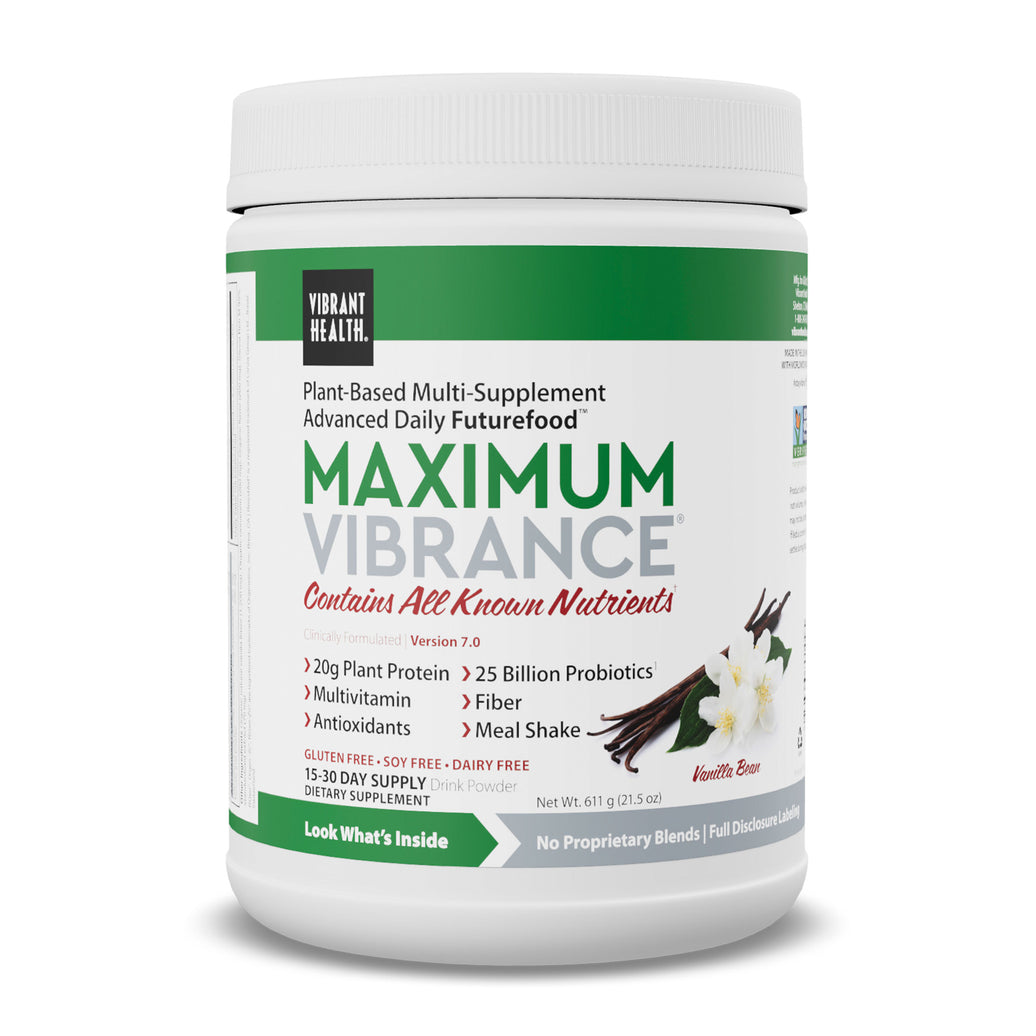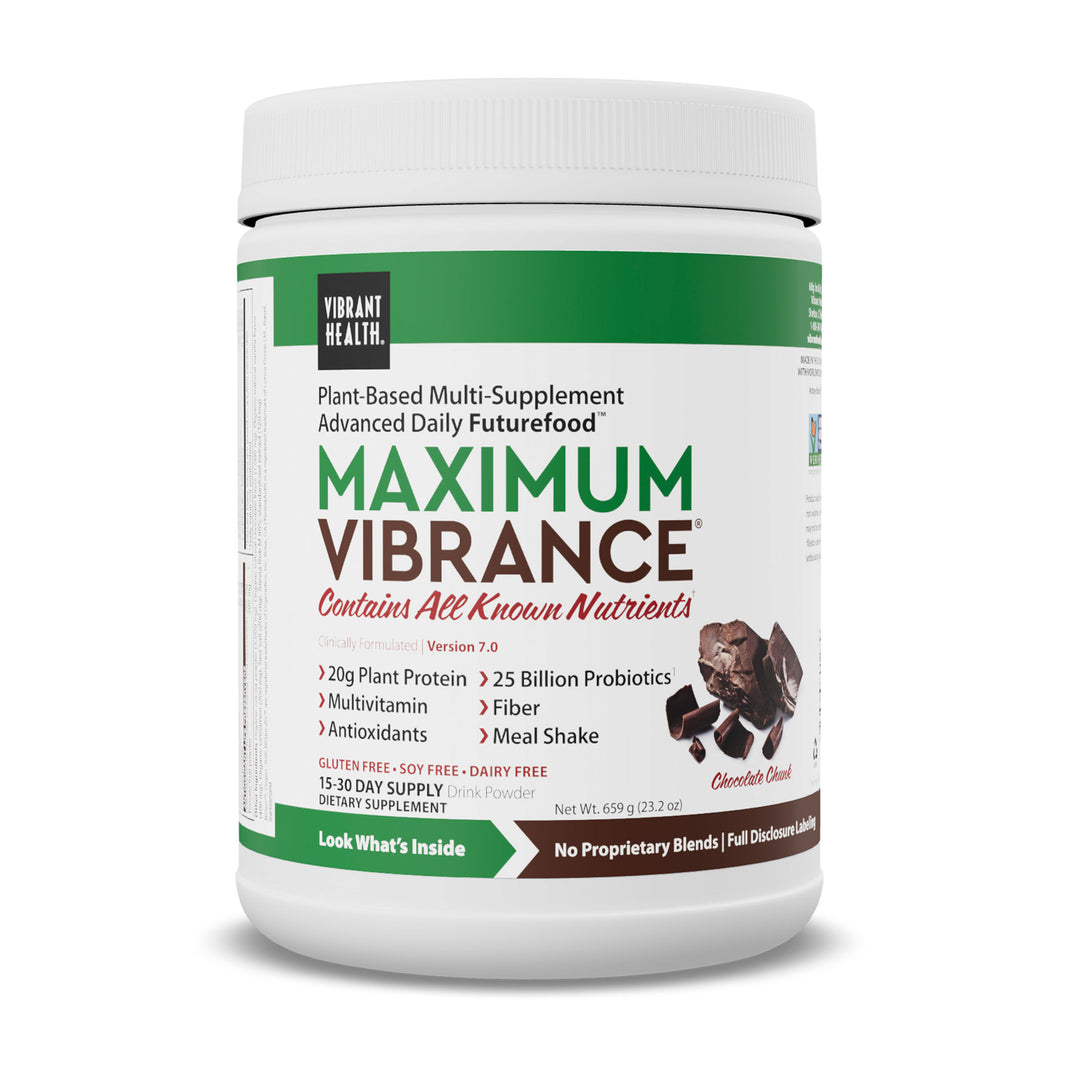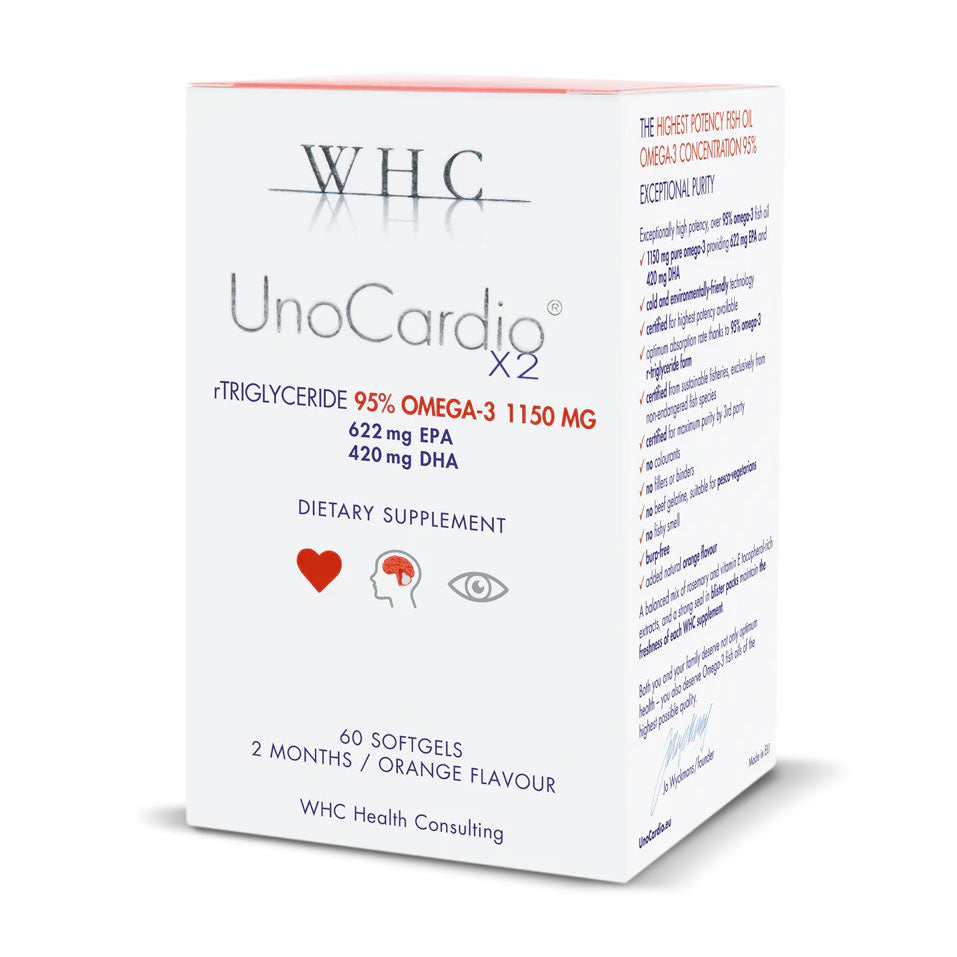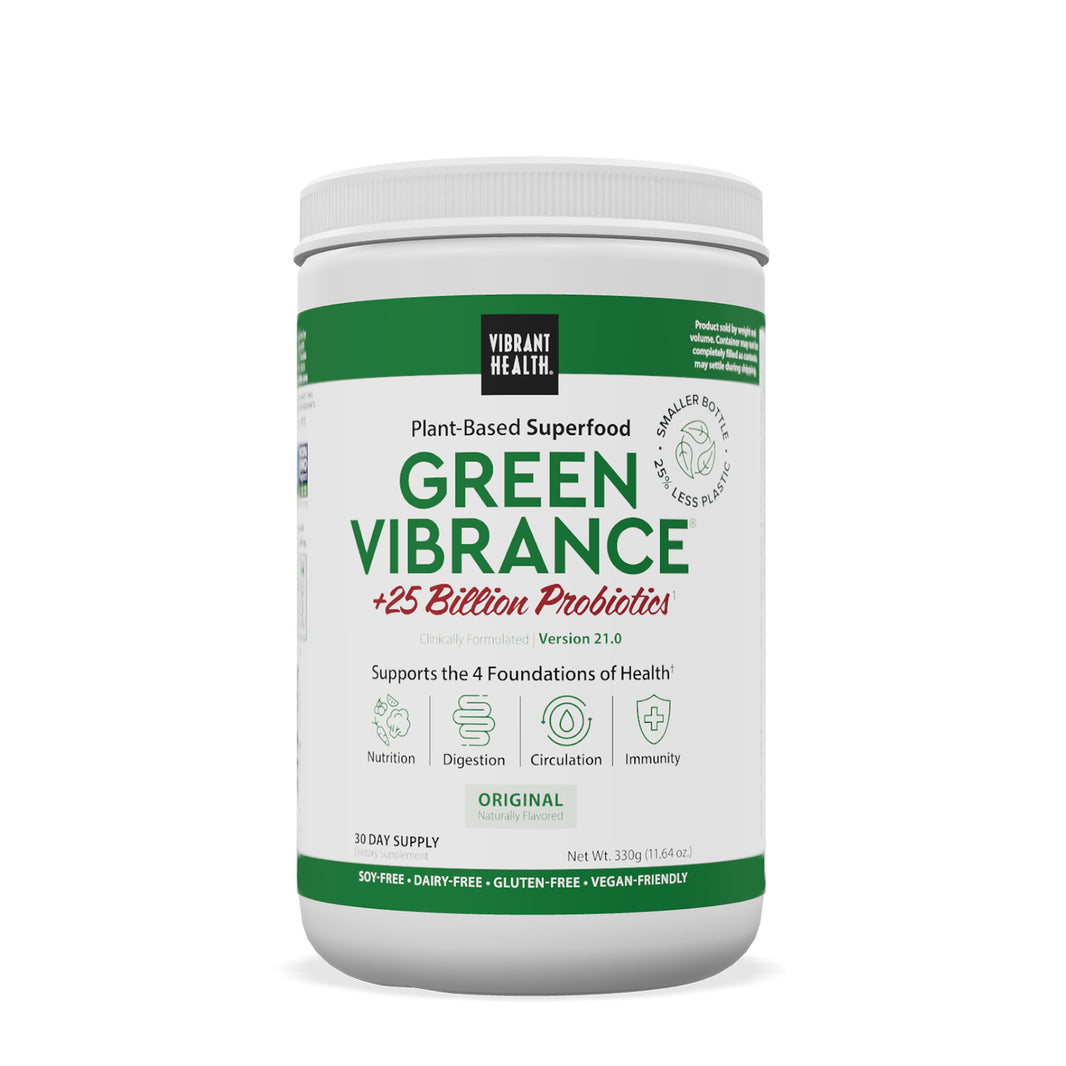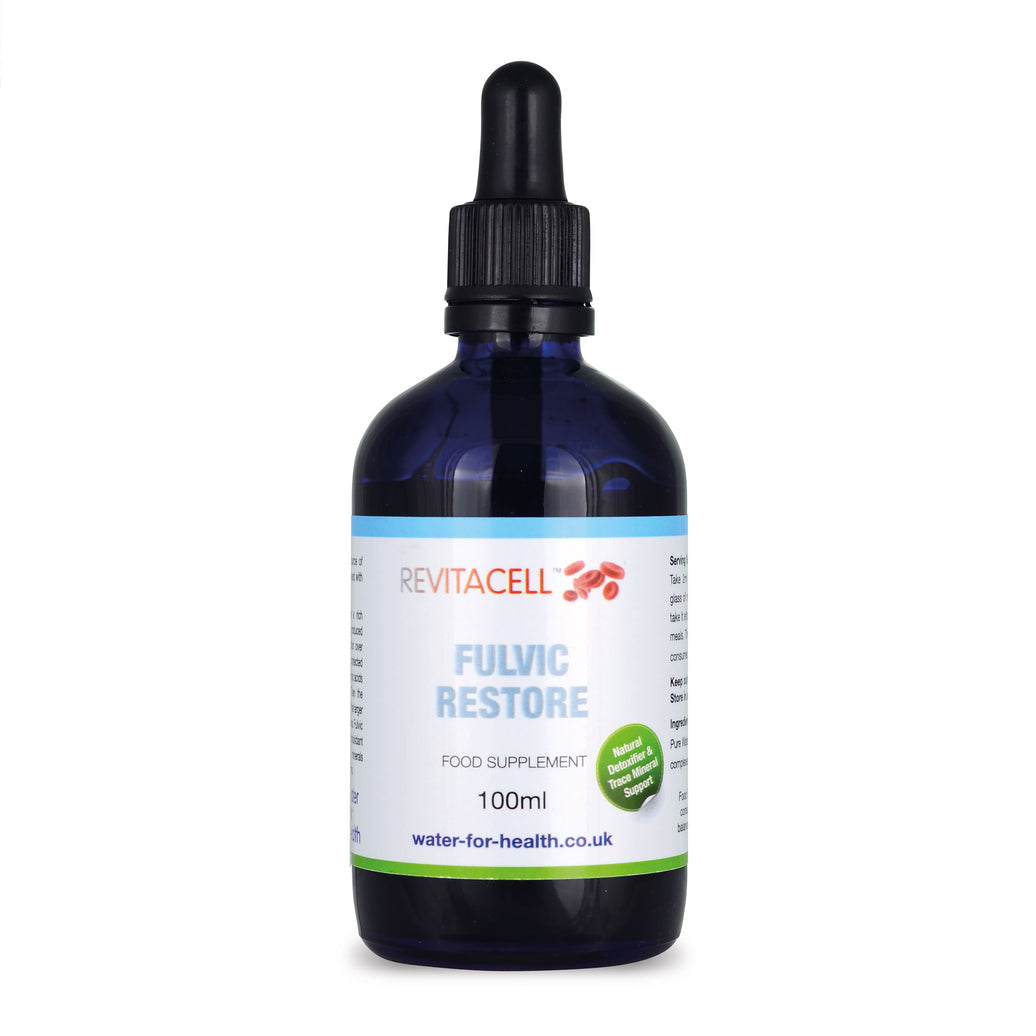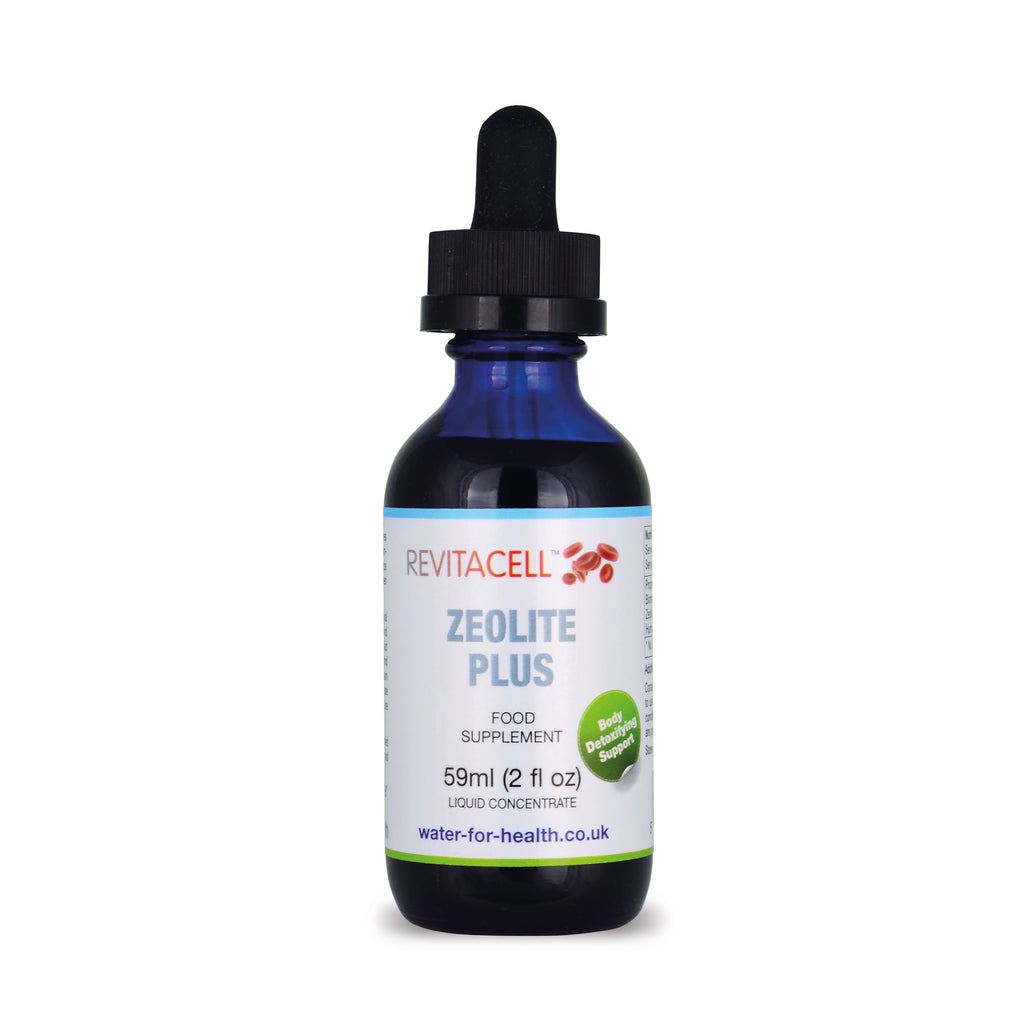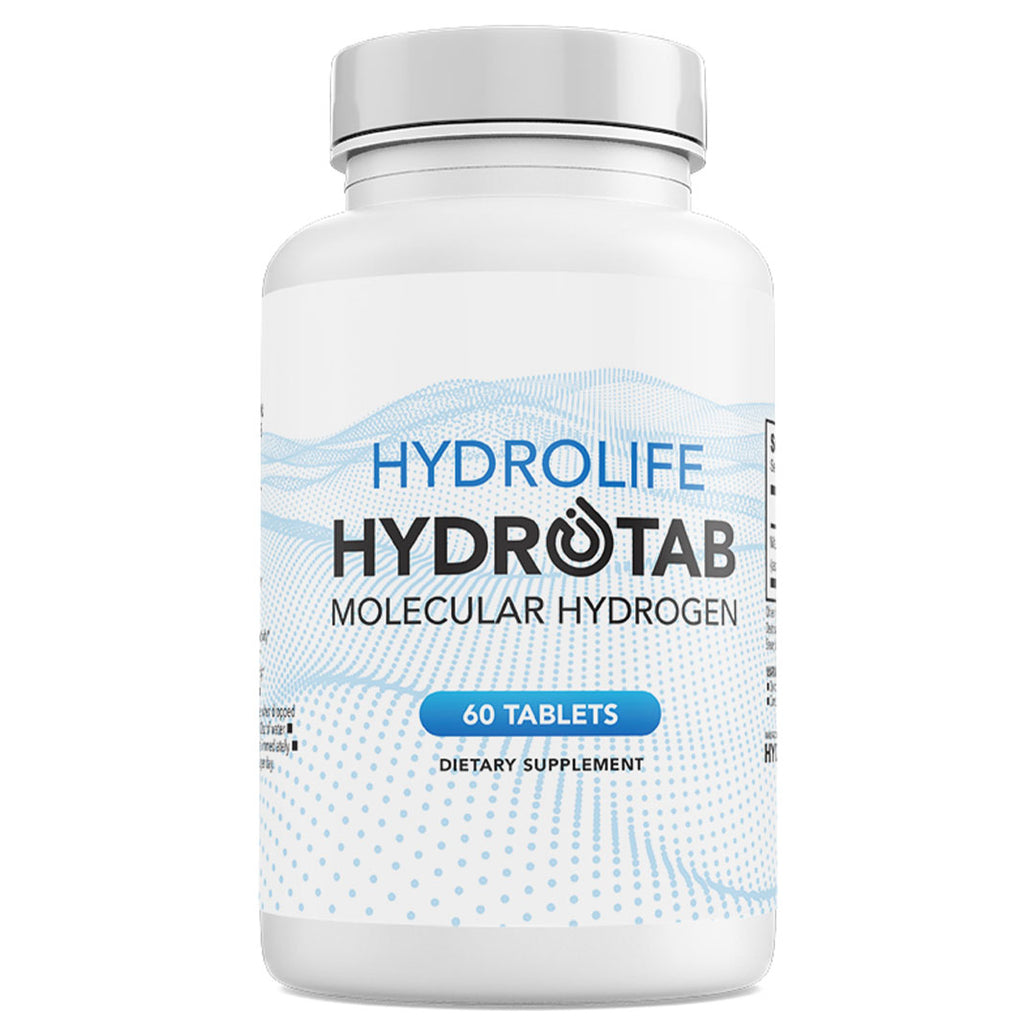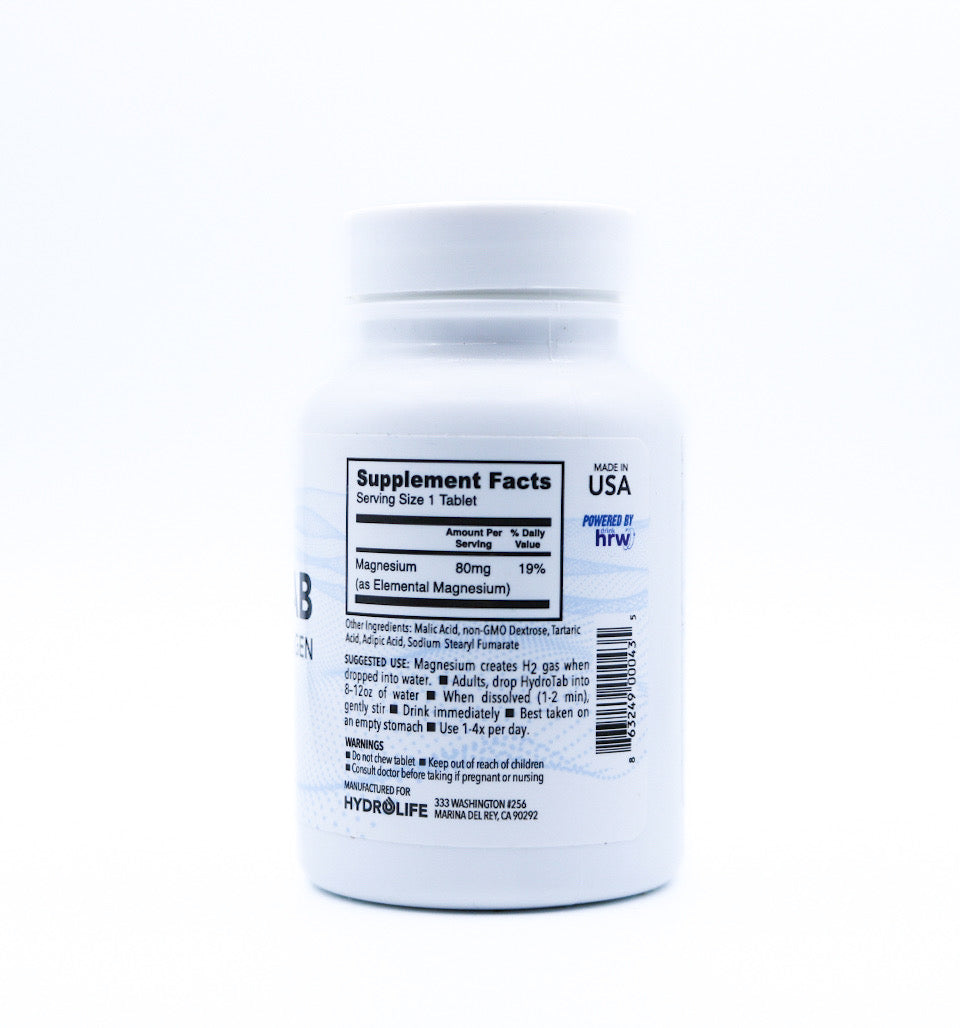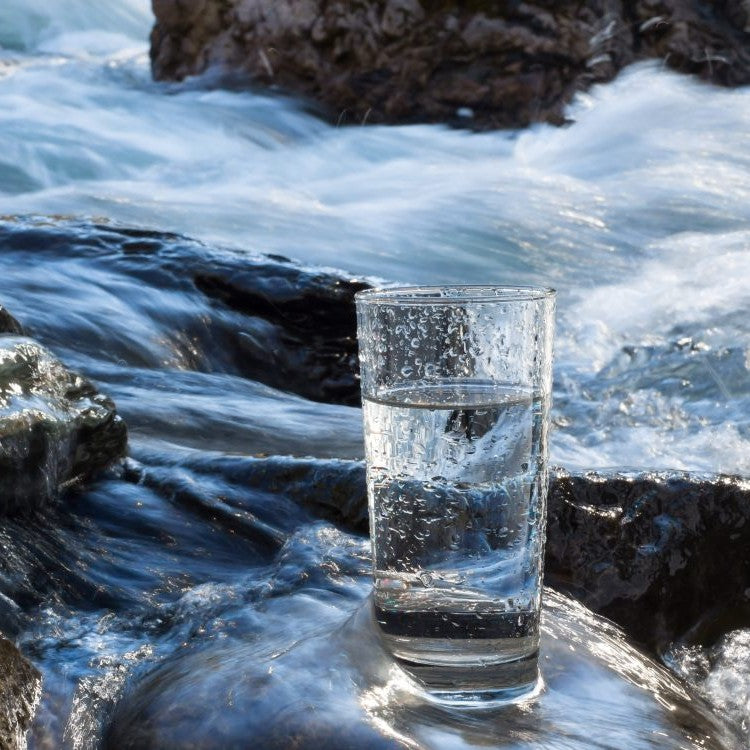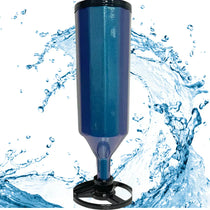If you're reading this, you're probably already familiar with the idea of structured water. It's one of those wellness topics that's captured the imagination of people seeking more natural ways to hydrate, particularly in the UK, where interest in quality drinking water is growing.
You may have come across structured water devices, YouTube demonstrations, or articles claiming various health benefits. This blog isn’t here to convince you either way, it's for people who are curious about how to make structured water at home and want to experiment safely, mindfully, and without hype.
Let’s walk through what structured water means in this context, how people are trying to make it themselves, and what you might want to keep in mind if you’re just starting out.
What does "structured water" actually mean?
Structured water, sometimes called hexagonal water or activated water, is believed to have a more organised molecular arrangement than ordinary tap water. Proponents say it mimics the natural flow of spring water, as found in glacial streams or waterfalls, and suggest that this energetic structure may be easier for the body to absorb.
While mainstream science hasn’t fully validated these claims, some people say they feel more hydrated, clear-headed, or energised after drinking structured water. For others, it's simply about being more intentional with their water intake.
This blog takes a neutral, open-minded approach, not to prove or disprove, but to explore what people are trying at home.
Popular DIY methods to make structured water at home

If you're looking to make structured water at home, there’s no single best method and that flexibility is part of the appeal.
Here are some of the most talked-about techniques people are trying in their daily routines. These approaches are more about intentional practice than guaranteed transformation, but many find them worth exploring:
1. Vortexing (or swirling)
A popular approach is to swirl water in a circular motion using a glass, jug, or jar.
This method is inspired by how water moves in natural environments like rivers and streams. Some people believe this motion introduces energy and structure into the water. You can do it by hand or use a small vortex tool designed to create the same spiral flow with ease.
2. Sunlight exposure
Another gentle method involves placing a glass jug or bottle of water under the sun.
Many prefer early morning or late afternoon light to avoid overheating. This practice is said to subtly energise the water while also creating a mindful moment to slow down and connect with nature. Glass containers are preferred to avoid chemicals leaching from plastic.
3. Adding natural elements
Clean quartz crystals, copper coils, or shungite are sometimes placed inside water containers with the belief that they influence the energy of the water.
If you go this route, it’s essential to make sure any materials you use are safe for water contact and kept clean. Some people also enjoy using sacred geometry stickers or designs on their bottles as part of the ritual.
4. Sound and intention
This method leans into the meditative side of wellness. Some use tuning forks, recorded frequencies, or simply speak affirmations over their water.
The belief here is that energy through sound or thought can have a subtle effect on water’s structure. It might not be scientifically proven, but for those who enjoy a spiritual element to wellness, it can be a calming daily habit.
These practices are less about rigid instructions and more about gentle experimentation. See what resonates with you and how it fits into your day.
Devices and tools: A little more structure, if you want it
If you're interested in structured water but want something a bit more consistent, there are home-use tools that can add ease and reliability to your routine.
Some people start with a handheld vortexer, which allows you to swirl water in a spiral with minimal effort. Others invest in structured water devices that connect to taps or jugs to simulate the motion and energetics of natural water flow.
You’ll also find inline systems that structure water as it flows through your pipes. These tend to be more of a long-term investment, but many users feel the consistency is worth it, especially in households that prioritise daily wellness habits.
When browsing tools, it’s a good idea to choose items with clear use instructions, high-quality materials, and reviews from real users. On our site, we’ve curated structured water products that are trusted by our wellness community. They’re an ideal stepping stone between hands-on DIY and a more automated approach to mindful hydration.



